What’s New for the Rotoroa Island Education Programme in Term 4?
Explore, Discover, and Investigate – Book Your School’s Visit Today!
Teachers, it’s the perfect time to start planning an unforgettable outdoor learning experience for your class in Term 4. The Rotoroa Island Education Programme continues to grow, offering hands-on, curriculum-aligned activities that connect students with science, conservation, and Aotearoa’s unique natural environment.
Whether it’s your school’s first time visiting or you’re keen to return, Term 4 is packed with new opportunities to engage tamariki in meaningful, real-world learning. Spaces are limited and bookings are already coming in—so now’s the time to secure your spot!
Email [email protected] to enquire.
What’s New This Term 4
Water Testing at the Wetlands
Students will get to step into the role of environmental scientists, investigating wetland water quality using turbidity tubes, light meters, pH strips, and thermometers. These hands-on activities provide valuable insight into freshwater ecosystems and human impact on the environment.
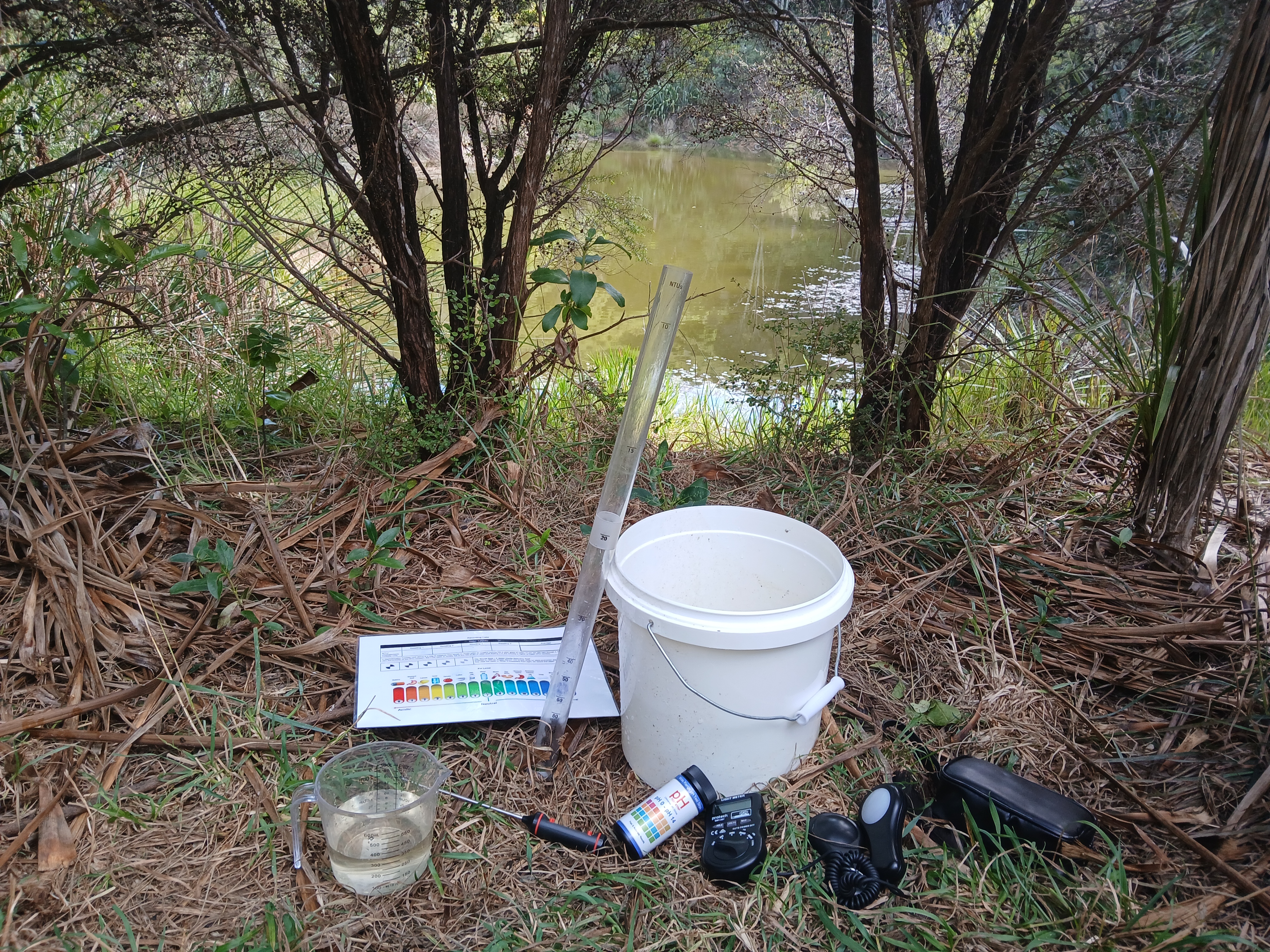
Choose Your Own Explorer Walk
Schools can now select from two unique routes, each tailored to different interests and abilities:
Upland Explorer Walk
- Journey through native bush, listening for tūī, tīeke, and pōpokotea.
- Take in stunning views from the North Tower.
- Spot takahē in open grasslands and kōtare or pātekē in wetland habitats.
- Wrap up at Ladies Bay with a coastal ecosystem exploration.
Lowland Explorer Walk
- Enjoy a gentle bush trail with plenty of native bird sightings.
- Explore seabird nesting sites and wetlands near Men’s Bay.
- Observe takahē in their natural habitat.
- End at Ladies Bay for hands-on coastal discovery.
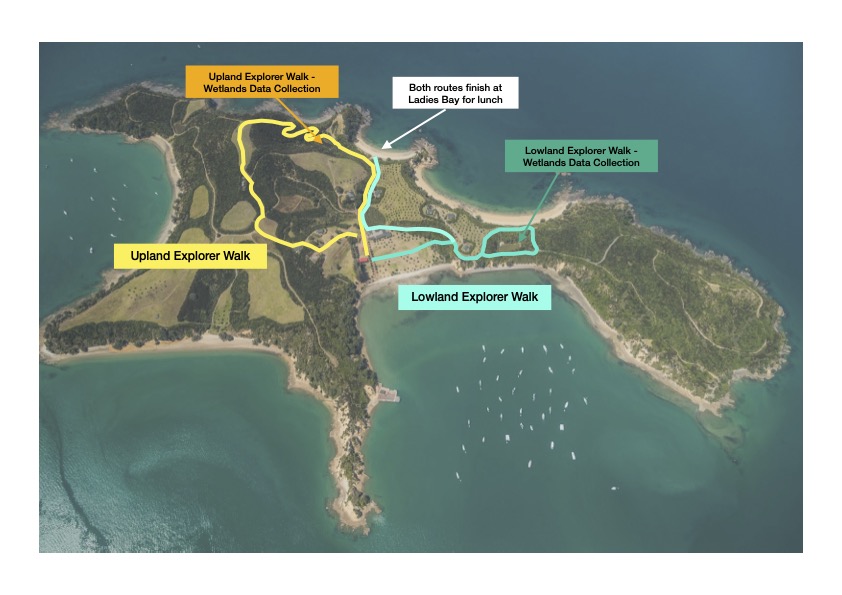
Term 4 Programme Highlights
Takahē Tracking: From Classroom Learning to Citizen Science
One of the most memorable and impactful moments for students visiting Rotoroa Island is the chance to observe and record takahē — one of Aotearoa’s rarest endemic birds.
Before their visit to Rotoroa Island, our educators visit your school to build foundational knowledge. One of the activities that students explore is pūkeko vs. takahē adaptations, discussing how and why these native birds thrive in different habitats. These two native birds belong to the rail family but have evolved very differently to thrive in their respective environments. The pūkeko is a common wetland bird, agile and adaptable, with long legs and toes for wading through water and mud. In contrast, the takahē is flightless and solidly built, with a powerful beak for tearing through alpine and grassland vegetation.
Students also learn about bird banding, recording colours in their field journals to prepare for takahē identification and recording on the island.
This activity supports NZ Curriculum science strands by developing observation, data collection, and understanding of adaptation in native species — bringing the curriculum to life that connects science, match & literacy to real world conservation!
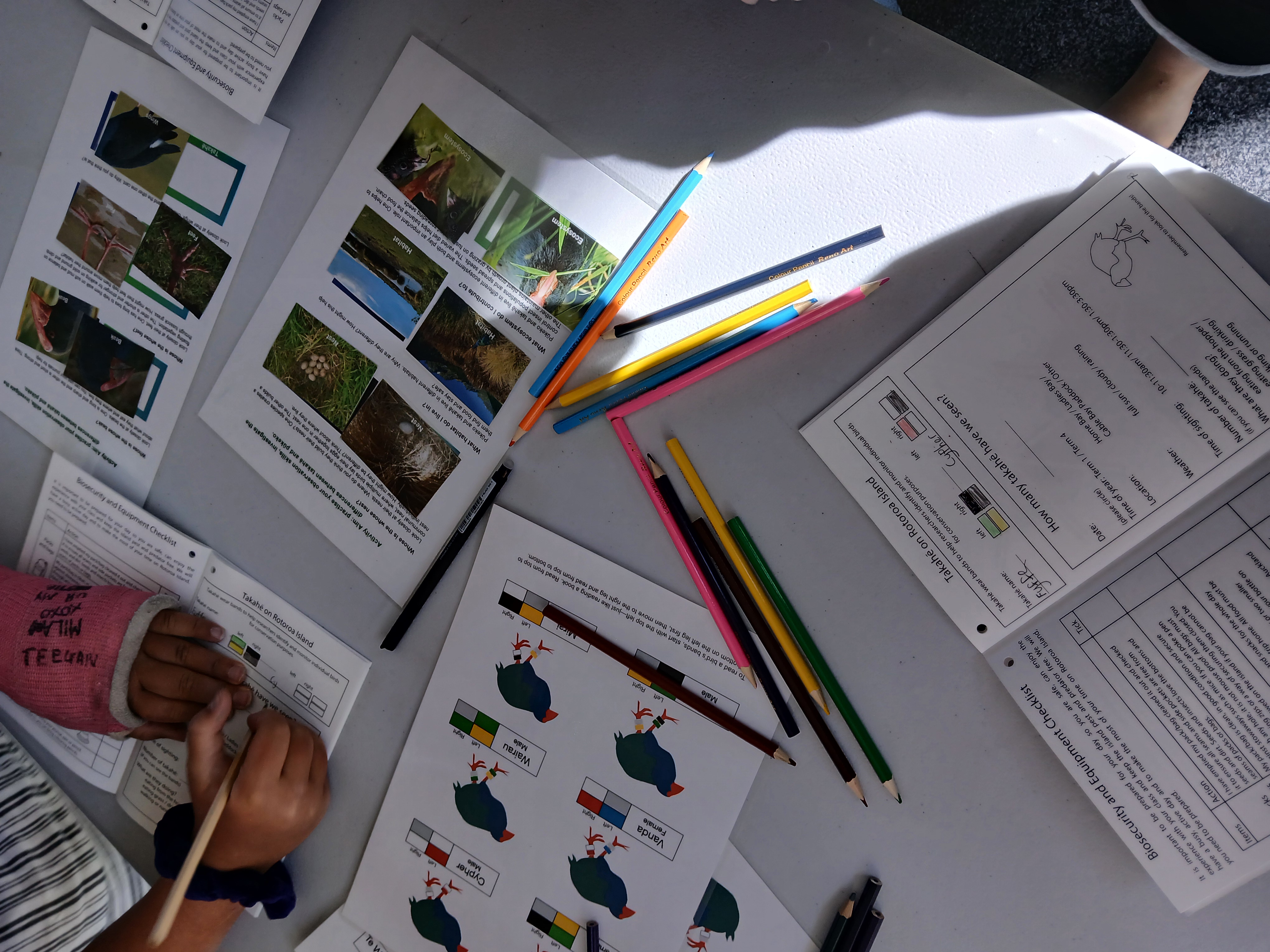
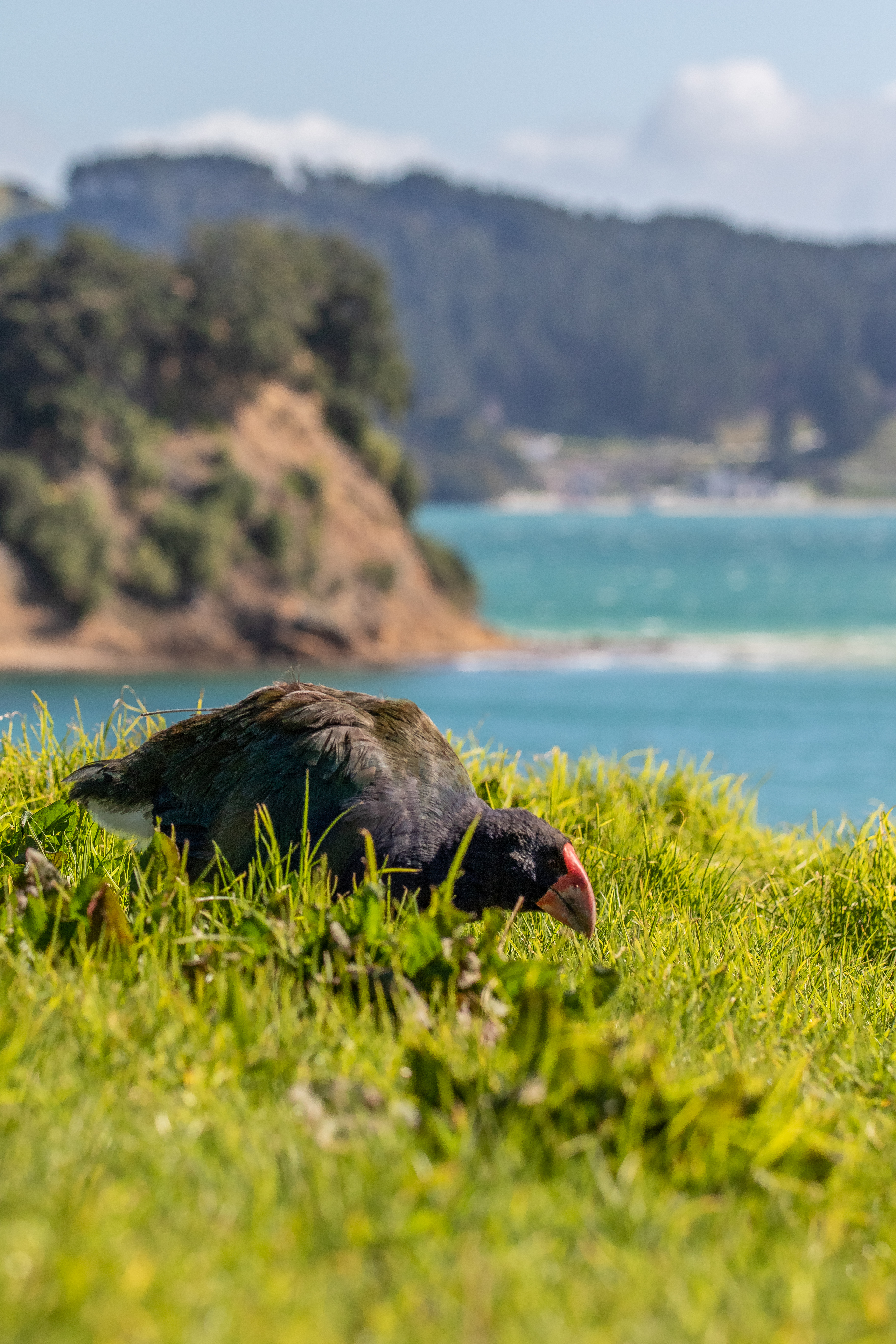
Ecosystems, Food Chains & Atua Connections
From investigating food chains to recording real-world data in their journals, students develop key scientific skills while exploring Rotoroa Island’s unique ecosystems.
This term, we continue exploring producers and consumers in our first workshop, with students recording notes in their journals for future use during the island visit. We've introduced atua cards, encouraging students to connect with an atua that resonates with them and nature.
This activity supports the NZ Curriculum by fostering an understanding of ecosystems, interdependence, and cultural connections to the environment.
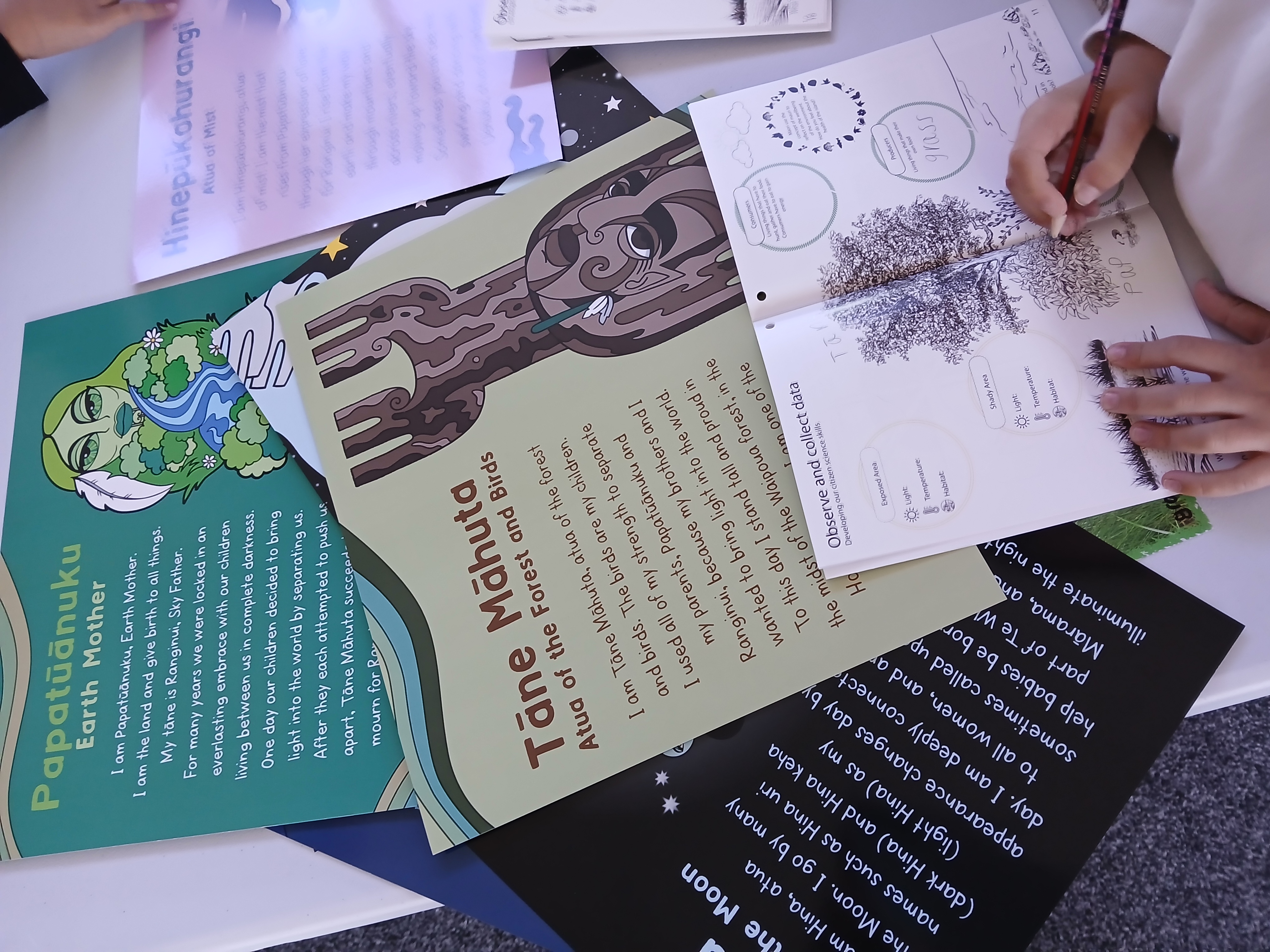
Nature’s Colour Chart: A Mindful Moment in Nature
During their visit, students are invited to slow down and observe nature through colour. By collecting natural objects, sketching, or describing what they see, they build observation skills, express creativity, and tune into the beauty of the natural world.
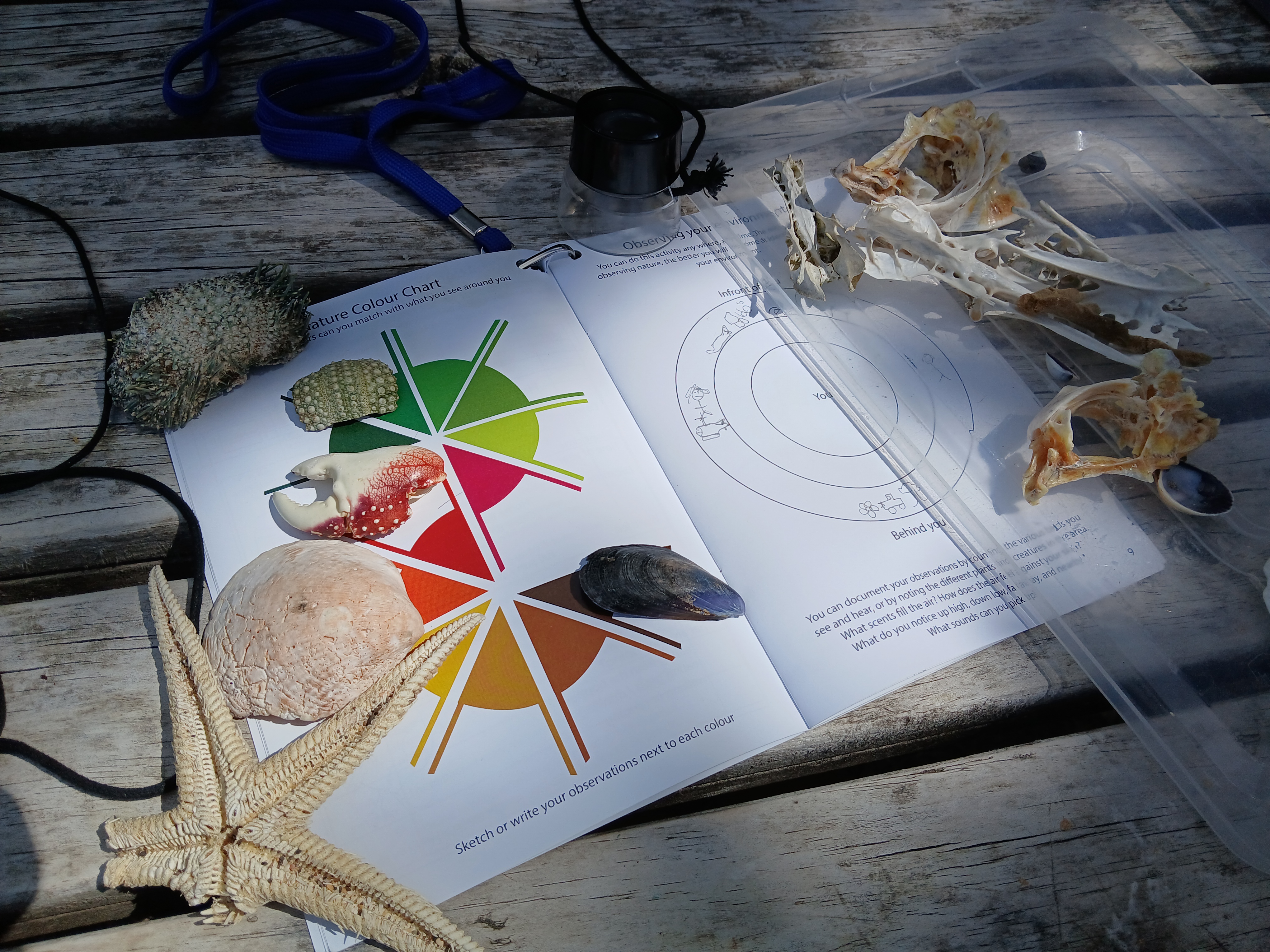
From the Classroom to the Coast
Every school visit is supported by a pre-visit session where our educators introduce key concepts and activities:
- Takahē and pūkeko adaptations
- Food chains and ecosystems
- Biosecurity and wildlife sanctuary protection
- Citizen science and data collection
Students record their learning in personal journals that they bring to the island, supporting cross-curricular outcomes in science, writing, and maths.
Spots are filling fast for Term 4, so don’t miss the chance to immerse your students in this one-of-a-kind education experience.
Get in touch to secure your visit today: [email protected].
We can’t wait to welcome you and your class to Rotoroa Island for a day of discovery and connection with the natural world.
Ngā mihi nui,
Stacey Balich
Rotoroa Island Education Programme
